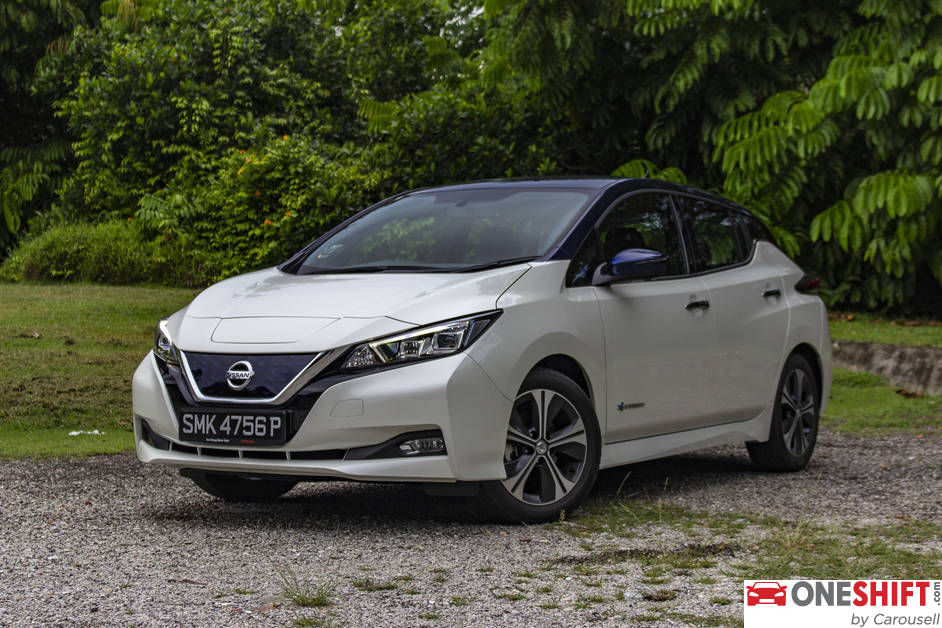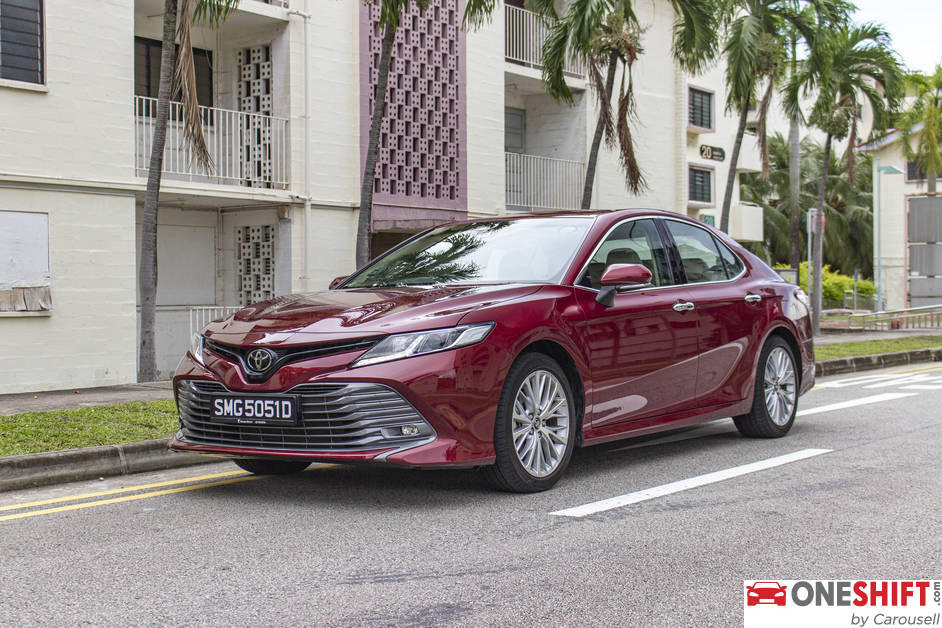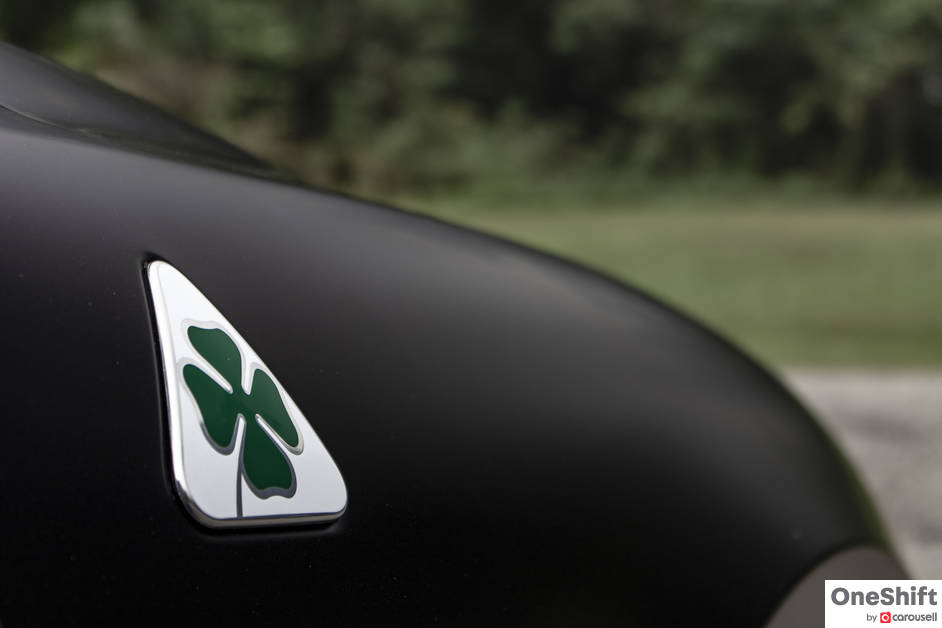Evolution Of Automotive Paint
Early cars were originally painted not for aesthetic purposes, but for practical ones. Unlike modern vehicles, with the plethora of different, and more resilient metal alloys of today, metal technology in the dawn of the 20th century wasn’t as established, making these vehicles more vulnerable to degradation when exposed long-term to the elements.

Early cars were originally painted not for aesthetic purposes, but for practical ones. Unlike modern vehicles, with the plethora of different, and more resilient metal alloys of today, metal technology in the dawn of the 20th century wasn’t as established, making these vehicles more vulnerable to degradation when exposed long-term to the elements.

When the industry first transitioned to manufacturing self-propelled vehicles, paint technology was a carry-over from the days of the horse-drawn carriages. Skilled craftsmen would hand paint these cars, just as they have done for decades prior with the latter. Paint used in this era would have been derived from natural sources, such as with linseed oil dyed with various plant pigments. With the advent of mass production though, this method became a severe bottleneck, throttling back production capabilities, as these paints required multiple days to dry.
DuPont was the first chemical company to create a lacquer paint system for automotive applications. Their solution used nitrocellulose compounds, which are applied with spray guns. This greatly sped up production times, but still required plenty of elbow grease to buff the paint up to a deep lustre. Unfortunately, this type of paint is susceptible to damage when exposed to petroleum-compounds.
The first Enamel paint was made available in the 1930s. It promised greater durability as compared to its nitrocellulose-based predecessor, whilst using less material. Upon curing, the paint is resilient even against petrol spillage, though the major drawback with the earlier systems was a quick-fading finish when exposed to excessive UV light.

Further technological advancements came courtesy of the Japanese automakers. In the 1950s, European and American automakers have had a massive head start, already dominating the world’s roads. To try and get some market share, they needed to do something different, and fast. The Japanese tried many different things in the way they designed and engineered their vehicles, and one of these innovations happened to be a further development of the enamel paint.
Their version of the enamel paint was thinner, required even less material than the American and European system, but was more durable, and was available in a wider range of colours. Cars at this point weren’t being painted just to resist rust - they’re now personalised to each owner’s taste. It is this system of paint that ended up being adopted by the wider global automotive scene, and is also the first bit of inroads towards to general global market domination the Japanese manufacturers hold today.

These advancements came at quite the environmental cost. It is not uncommon to find lead, chromium, and other heavy metals in the paintwork of early vehicles. Eventually, it became uncool to be environmentally-unfriendly, so automakers had to come up with a new system to offer the finishes of Enamel paints, but without harming the habitat of the penguins and the polar bears.
Enter the modern 2K paint. Its name refers to its formulation; one part and two part formulations are termed as 1K and 2K respectively. The former cures under high heat without the use of additional hardeners, whereas the latter requires additional chemical assistance to cure, but at a lower temperature.

Generally speaking, these paints ditched the harmful heavy metals of the past, using synthetic compounds with water as a solvent. Despite being the most involved of the paint systems here, 2K paints are actually the most environmentally friendly, and are the most durable.
Bare car shells are first treated to a coating of rust protection, before the primer layer is applied. This seals the metal surface and the anti-corrosion coating, providing a level surface that the base coat binds preferentially to. Base coat is next to go on. Depending on the desired finish, different types of paint may be used here. Solid colours are as its name implies. Metallic flake, pearlescent paints and other pigments can then be built on top of the solid colours to manipulate the finish. Clearcoat is then applied, providing a tough, UV resistant barrier to ensure longevity of the colour and of the deep lustre most are after!
Here's a little fun, but probably unexpected fact for you. You'd expect the highest quality paintjobs to come from automakers that manufacturer high dollar, high horsepower vehicles. However. anecdotal evidence from detailers all over the world, suggests that it is in fact Mazda and Lexus with the most consistent, high quality finish that is easy to manipulate into a deep shine. Koenigsegg happens to be mentioned as well, though the sample size is definitely smaller as these are handbuilt cars, with fewer examples for detailers to actually work on! Unsurprising actually, considering their founder fusses over every single design and engineering feature that goes into their cars!
Advancements of automotive paint technology now mean that cars can be painted in a wider range of colours and have finishes that are more weather-resistant than ever before. Prices for quality paint jobs have also come down quite a bit in recent decades, so if you spot a car on our classifieds that you fancy sans its paint colour, it should no longer be a deterrent, as you can very easily get it resprayed in any colour that you so desire, and have that factory-fresh feel once again. Just like the wide variety of different paint systems that you can go with, our classifieds also happen to have a significant range of make and models that will suit just about every budget and every need, so do check it out if you’re in the market for a new-to-you ride!
Credits: Jek Ray Low


Get the Best Price for your used car
from 500+ dealers in 24 hours

- Convenient and Hassle-Free
- Consumer Protection
Transparent Process
With No Obligation








